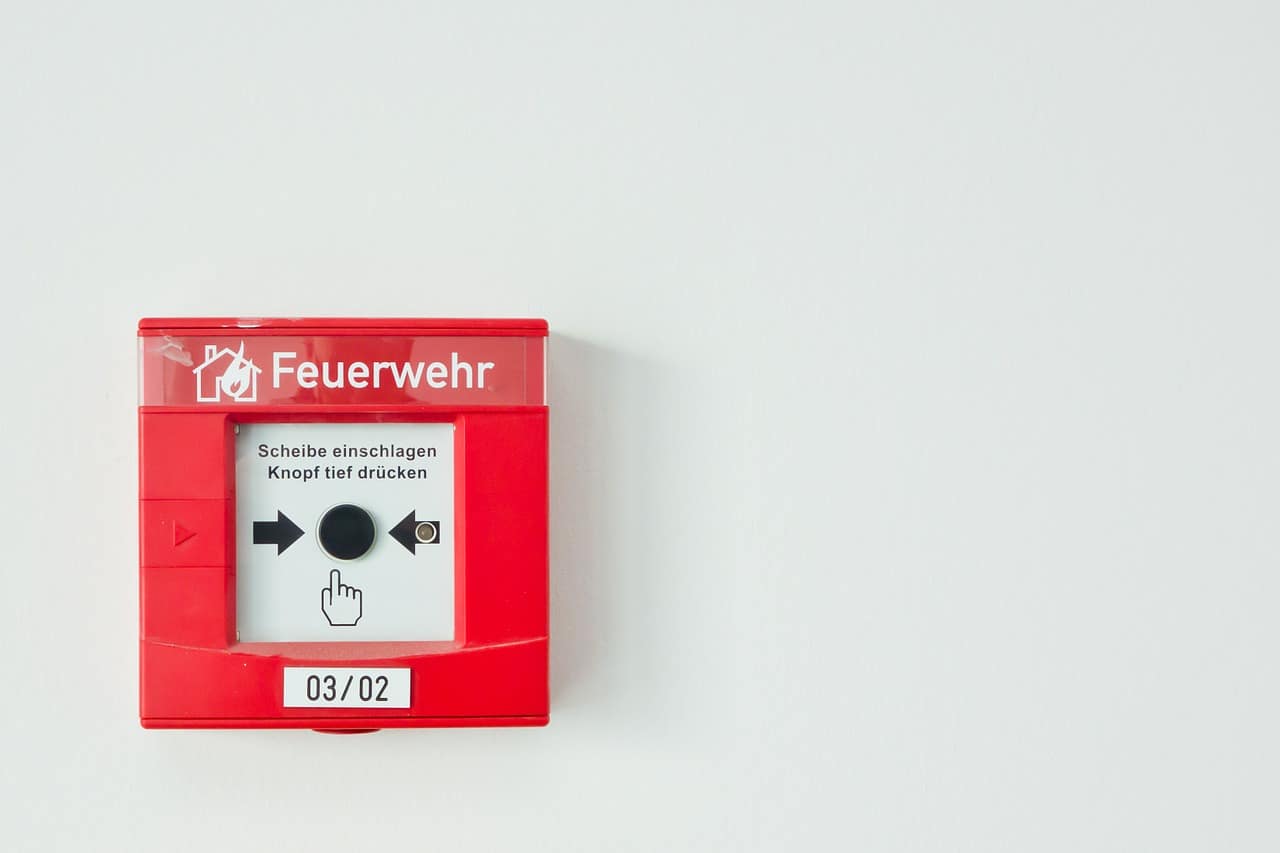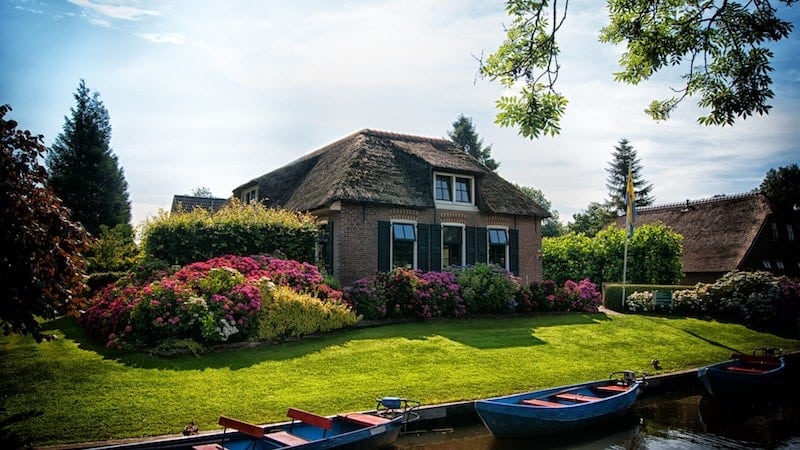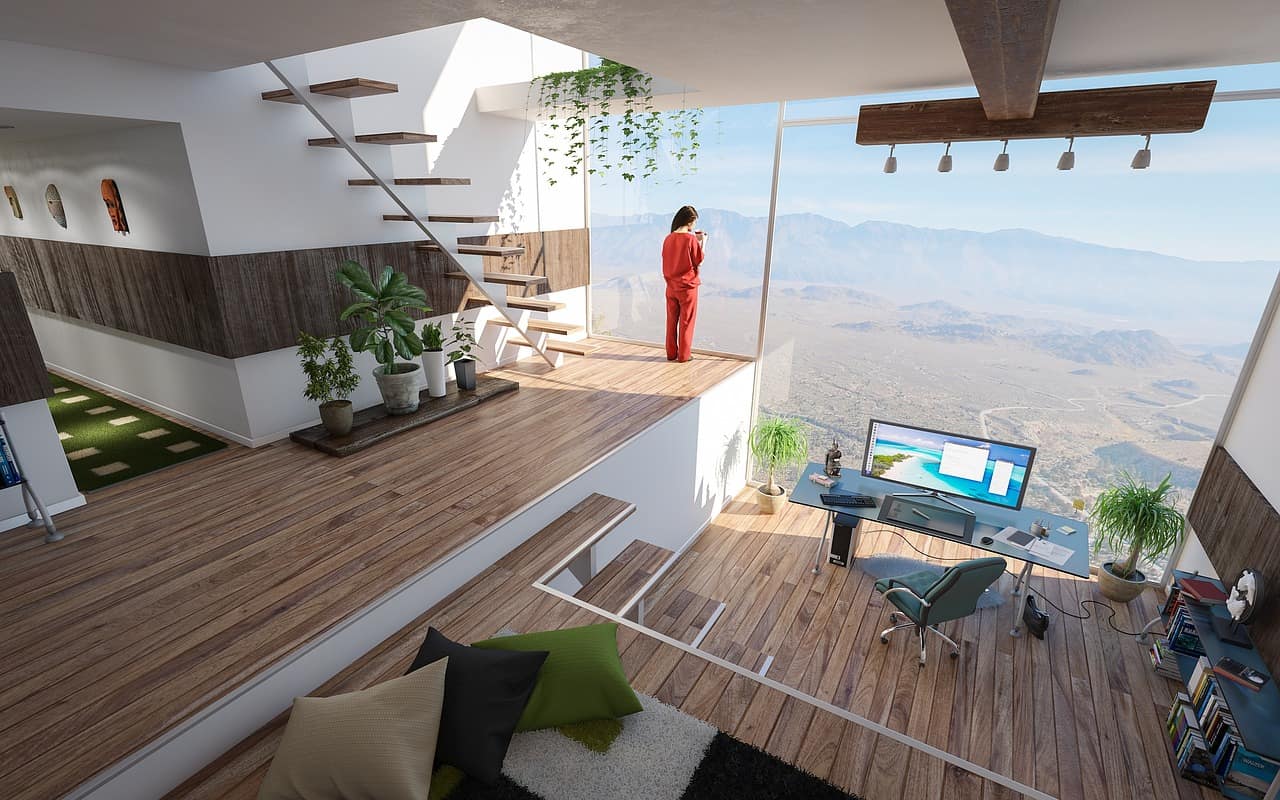As architecture has evolved, so too have the building safety codes that ensure their integrity. However, corners are sometimes cut in the name of cost or time saved.
The results can be disastrous. Keep reading to learn about the worst building fires in history. Each of these famous fires is responsible for changes to the building codes we have today.
Triangle Shirtwaist Factory, 1911
The Triangle Shirtwaist Factory occupied the top three floors of the Asch Building in Manhattan. Today, it would be termed a sweatshop. The workers were mainly immigrant women, some as young as 12, working 14-hour shifts that earned them about seven dollars a week.
It was also a disaster waiting to happen. Flammable textiles were stored everywhere, and discarded into bins that cigarettes were also thrown in. Buckets of water stood by to counteract the regular fires that occurred in the bins.
Exterior doors were kept locked during business hours so that workers had to exit single file, in order to ensure no fabrics were stolen.
It was near closing when a fire broke out in one such bin. A water bucket was thrown on it, but the flames had already ignited the paper patterns hanging overhead. From there it quickly spread to the walls, ceiling, and floors.
Some employees managed to squeeze into the single elevator, but the majority were trapped above the eighth floor. Some made it to the roof, where a professor at the college next door was able to create a bridge between the buildings and save 69 employees.
The fire trucks that arrived were torn between dousing the flames and trying to catch the remaining employees that jumped desperately out the windows in an attempt to save themselves from the flames.
In total, 146 employees were killed. The following outrage led not only to sweeping reform in labor laws but in the addition of fire inspections by the fire department to ensure certain laws were being followed, such as leaving doors unlocked during business hours.
Our Lady of the Angels, 1958
A two-story building in Chicago, this private Catholic school wasn’t required to bring their building up to date with the newest fire codes. Among the issues, their fire alarm didn’t ring through to the fire station, the fire extinguishers were stored overhead where they couldn’t be reached without a ladder, and the interior walls were almost completely combustible material.
The fire broke out in the basement, climbed quickly to the second floor and trapped students inside their classrooms. By the time the fire station was notified and arrived, the fire was well on the way to consuming the entire building and parents who had arrived on the scene were just in time to watch their terrified children leaping from the windows.
92 children and three nuns died in the fire. As a result, new codes were created that required all schools to be brought up to the same codes, and fire alarms in schools were required to be directly wired to the fire station.
Winecoff Hotel Fire, 1946
This hotel fire in Georgia was the deadliest in US history. Ironically marketed as a “fireproof hotel”, it is believed to have been started by a cigarette dropped in the hallway where a mattress and chair were temporarily placed.
119 people perished in the blaze. It led to some of the most sweeping reforms in code history, including individual hotel rooms having self-closing fire-proof doors.
Joelma Building Fire, 1974
The fire in the Joelma Building in Sao Paulo was caused by a faulty air conditioning unit. The fire spread incredibly quickly due to a large number of combustible materials, including interior wooden walls and furniture.
Estimates place the death toll between 180 and 190 people.
Beverly Hills Supper Club, 1977
This Kentucky nightclub was a complex of buildings. The owner had made numerous additions without employing licensed contractors or heeding fire codes. Flammable furnishings, lack of doors at the top of stairways, and aluminum wiring were among the factors that contributed to the spread.
Unfortunately, the fire wasn’t caught until it was already well underway. Further complicating the issue, a large number of guests were at a comedy act, and when a worker ran onstage to grab the microphone and announce the fire, they assumed it was part of the act and didn’t move.
When firefighters arrived, they couldn’t get into the building because the panic that ensued when people realized the fire was real, caused a buildup at the exit doors. 165 people died, and new regulations regarding overcrowding of buildings and aluminum wiring were enacted.
The Station, 2003
Another nightclub, this Rhode Island hotspot was ironically being filmed the night it caught fire for a piece on nightclub safety. The materials lining the stage were flammable, and the manager failed to get the required permit for pyrotechnics.
The act’s pyrotechnics display lit the surrounding stage on fire, and in the panic that ensued, most people instinctively fled to the main door instead of the other exits. It was noted later that a sprinkler system could have spared many of the 100 lives lost, and as a result, older buildings were then required to be retrofit with sprinkler systems.
Grenfell Tower Fire, 2017
Grenfell Tower, an apartment building in London, is one of the best examples of faulty materials being used to cut corners on a build and the tragic results. The fire started in a freezer and spread quickly due to the cladding and insulation used in construction. Both had failed all preliminary testing done on them prior to construction and weren’t purchased from fire proof Architectural Cladding Suppliers but were still used when the building was renovated.
The fire claimed the lives of 80 people who were trapped in their homes and left over a hundred more homeless.
Worst Building Fires in History
Most of the worst building fires in history were the result of negligence regarding fire codes. In several cases, the number of casualties was a direct consequence.
Interested in architecture and design? Check out the other articles on this blog.
Discover more from Futurist Architecture
Subscribe to get the latest posts sent to your email.




